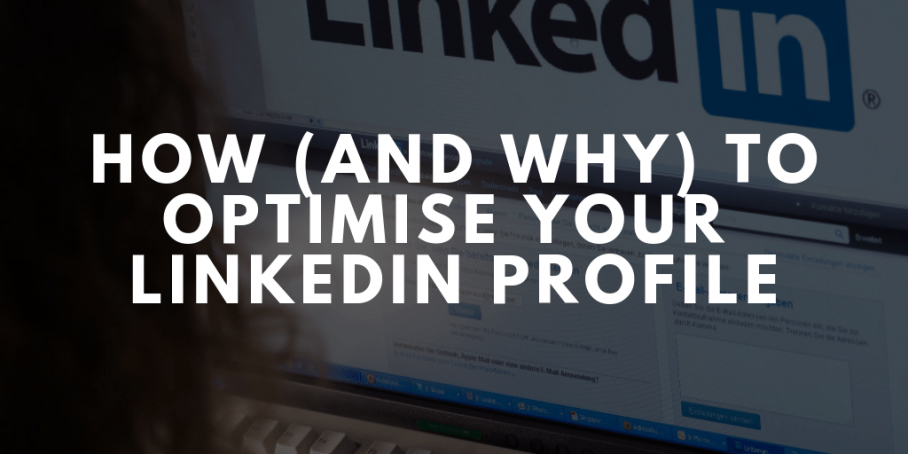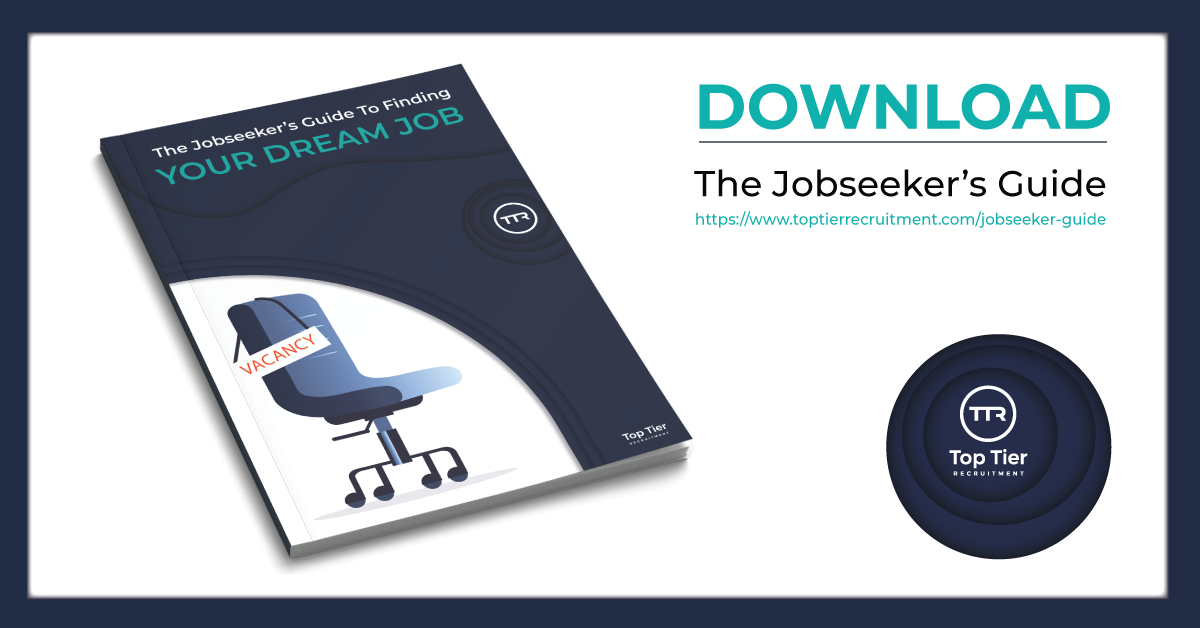How (And Why) To Optimise Your LinkedIn Profile

If you've applied for a job or been asked in for an interview in the last few years, the chances are good that your potential employer will take a look at your LinkedIn profile.
Here's Laura & Paul on the Your Pursuit Of Happiness podcast, discussing why and how to optimise your LinkedIn profile.
But first . . .
While You're Here: Get The Jobseeker’s Guide To Finding Your Dream Job
Want some extra help to land the job of your dreams? 
The 'Jobseeker’s Guide To Finding Your Dream Job In Ireland's Financial Services & FinTech Industries' will help you put a plan in place to secure your dream job. You’ll know how to prepare well, how to ace those interviews, and how to handle the next stage.
You can download the free Jobseeker's Guide now.
Podcast Discussion
Ok, let's get into the discussion . . .
Overview - How To Write A Good LinkedIn Profile
To start with an overview, what are you trying to achieve when optimising your profile?
You should be considering a few things when you're optimising your LinkedIn profile.
One is if you are actively on your job search and you're out there looking, important to have your LinkedIn profile optimized because potential employers will check. Nearly everyone looks at a LinkedIn profile before they interview you. If they're looking at your CV, if you've made it from the long list to shortlist stage, you can be pretty certain someone's going to look at your LinkedIn profile. It needs to be up to date. It needs to be relevant, needs to match your CV. Not as much detail, but we can talk about that later. Generally, if you're proactively looking, employers will check so really important from that perspective.
If you're passively interested in looking at the market, then recruiters will find you. Companies who have in-house teams or HR who can use LinkedIn and stuff, they'll be able to find you. It's a good way to keep yourself in the market without being actively engaged, in terms of applying for jobs. The other thing would be outside of just recruitment, people look at LinkedIn profiles all the time for all sorts of different reasons.
If you were looking to be very proactive in your job search and you were thinking about networking and how to use your network, while you're connecting with your network, it's good to have your LinkedIn profile up to date.

Being proactive means employers will see a complete and a good LinkedIn profile.
If you're being reactive in a job search, you'll be found for jobs you want to be found for or are suitable for.
Over the last couple of years, people have gotten much better optimizing their LinkedIn profile which is great.
What Changes Should You Make To Your LinkedIn Profile?
There are a few changes you should consider.
One is your picture - make sure your picture is professional. Make sure it's not you out having a few drinks, it's not Facebook basically or Twitter or Instagram. It's a professional picture. It doesn't need to be suit and tie, but it's professional so you're presentable. Make sure the heading is right and all of your headings and job titles are correct and accurate.
The summary section is really important. They're the three to five line paragraph at the very start of the profile where it tells you a little bit about what you're doing or, really, what you're looking for is the most important thing. In terms of detail, often asked about how much detail do you go into around roles? It's not quite as much as you'd have in a CV, but it's enough that you'd be able to be found for certain things and enough to give people a good flavor of what you've done.
Keywords are important to include them in your profile. The basic tenets of SEO (Search Engine Optimisation) have not changed. Repeat the keywords that you want to be found for as many times as you can in your LinkedIn profile, titles, sub-headings, summaries, job summaries, and so on.
The reason why you do it is when we search, as recruiters when we search for people, we don't just search job titles. It's very often the first thing that we look at. We also search for keywords, which searches your entire CV. We'd search for skills. We'd search recommendations sometimes if it's a bit more senior maybe. We search for keywords so if the keywords aren't there, you won't be found. Simple as that.
If you are a fund accountant and you want to be found for fund accounting roles, you make sure fund accounting or fund accountant is in your LinkedIn profile. If you are looking for something in the blockchain space, make sure blockchain is in your LinkedIn profile.
Essentially, think about what you want to be found for and make sure that you've thought about not just the internal titles within where you work at the minute but what that could be called externally, and repeat it all the way through your LinkedIn profile.
LinkedIn has become more detailed over the years. It still has the percentage complete bit, so make sure you're up in the 90s. If you can't fully complete it, it's not the end of the world, but should be as complete as possible. That means completing things like skills. People often forget about the skills or whatever.
Make sure it's complete. Very often, we see people who are five years in the same role in a large company at the same level. If you do progress and you are promoted or you move into a different role or your role changes or anything like that, make sure it's updated.
Make sure skills are included. It's a great way to build up your potential for being found.
If you're in a middle office role, for example, you could be doing anything. You could be doing anything around the trade lifecycle. You could be doing performance, you could be doing anything along those lines. The skills and summaries are really good ways to include all those types of keywords.
Finally, for the technology piece, getting the technologies that you have worked on and are working with are really important. Keep it up to date. It doesn't need to be done every month but every six months, every 12 months, or similar, is a good way to do it.
Bonus Tip - Download Your LinkedIn Profile As A CV
There's one more handy thing you can do on LinkedIn.
If you go into someone's profile and click on More and then save as PDF, it creates a downloadable CV for you. If you are stuck for a CV, if you're away or on the road, you can easily get a recruiter to create your CV for you instead of having to search around and find an old copy.
Need Help?
If you want any information or are interested in one of our roles in the Fintech and financial services industry, get in touch with us at Top Tier Recruitment.
Check out our podcast and, if there's ever anything that you would like discussed, feel free to get in touch, info@ttrmail.com.
If you need further help with your career and interested to learn more about career coaching, visit Possible Coaching today to arrange a introductory call!